Unless you were betting on the short side of the market, the year 2022 has been a disappointing year for most investors. There are several contributors to this, the two most significant being a short-lived recession caused by the two-year-long covid-19 pandemic and Russia’s invasion of Ukraine. Our focus in this article will be on the stock market (equity) and bond market, even though financial markets contain a broad range of financial securities and derivatives.
We entered 2022 with excess liquidity resulting from large stimulus packages announced by federal governments around the world, a higher percentage of household savings, a tight labour market, and low or in some cases negative interest rates. A lot of excess capital was channelled into financial assets, which caused the stock market to reach new highs. The rush of excess liquidity was also observed in digital assets, the likes of cryptocurrency (bitcoin and Ethereum) and NFTs. As an industry, digital assets were valued at $3 trillion at its peak, which now rests at $900 billion.
With high expectations and easy money flowing in, financial assets were at a lifetime high. It changed when Russia invaded Ukraine, as both of these countries contribute significantly to global commodity markets (metals, wheat, agrochemicals, etc.) Due to this war, there was a severe impact on the global supply of these commodities, coupled with environmental and covid restrictions in China.
On the other hand, the demand for commodities, like copper and steel was also rising due to large infrastructure spending and the growing popularity of EVs. Commodity prices skyrocketed, resulting in high inflation – the highest in 40 years. To counter inflation, central banks around the world went on a spree of rate hikes (interest rates), which is still going on. These factors combined caused a sharp drop in equity markets around the world, barring some emerging markets like India and Brazil.
Impact on Equity Markets
At the end of 2022, S&P 500 has seen a slow recovery post the sharp correction of mid-2022, a drop of more than 25% from its peak. As of December, the S&P 500 is down more than 16% and is expected to close the year with a double-digit fall. The Energy sector has been a standout and has delivered positive returns to investors, thanks to the crisis in Ukraine and soaring energy prices. Technology is one of the most negatively impacted sectors, with stocks like Meta (Facebook) losing more than 2/3rds of their value.
Impact on Bond Market
Bond investors have also experienced negative gains in 2022. With inflation above the target levels, central banks continue raising interest rates which have in turn put downward pressure on bond prices. However, it’s the first time in more than a decade that bond yields are near desirable levels, with US 5-year bonds yielding almost 4%.
Relative to stocks, bond investors find themselves in a more favourable environment, despite all the uncertainties. In the past, when interest rates were near zero, investors were forced to buy riskier bonds (junk bonds) to earn a reasonable return on their capital. The recent rate hikes have made that easier as investors can stay with the bonds issued by the US government and get a decent yield of 4%, even on short-term bonds. However, this still results in a negative real return, due to high inflation. Moreover, investors expect better bond prices in the near future as they expect interest rate hikes to peak in the first quarter of 2023. This would result in a fall in interest rates and better bond prices.
Conclusion
At the end of 2022, financial markets appear to be on a path of recovery, however, the extent of the recovery would depend on macroeconomic conditions. There are multiple sectors, such as consumer services, financials, and technology, which have gone through severe corrections in the past year. These sectors could deliver positive returns from here on with stable macroeconomic conditions and a positive demand outlook. Moreover, a drop in interest rates would result in both bond and stock prices being revalued.
Performance 2022: World Index.
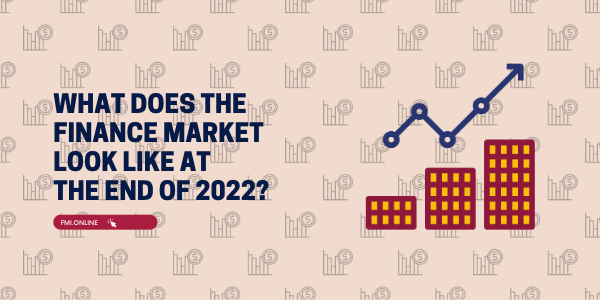
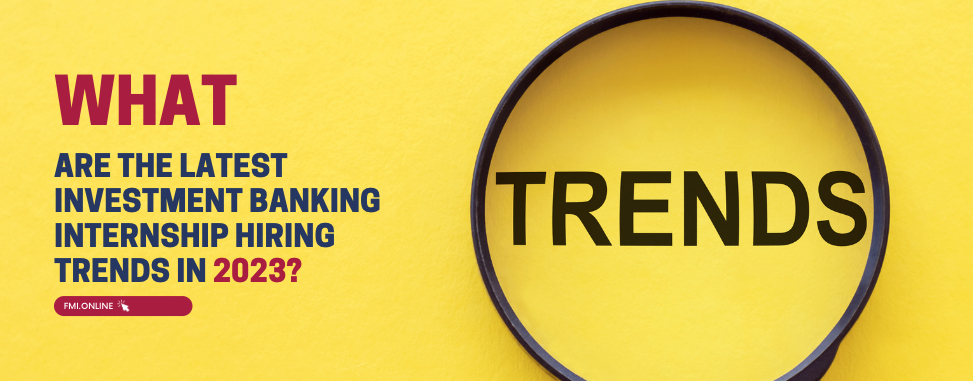
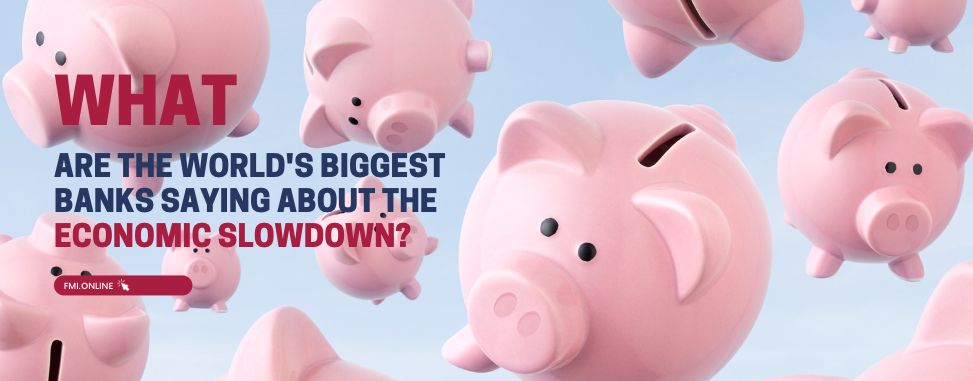
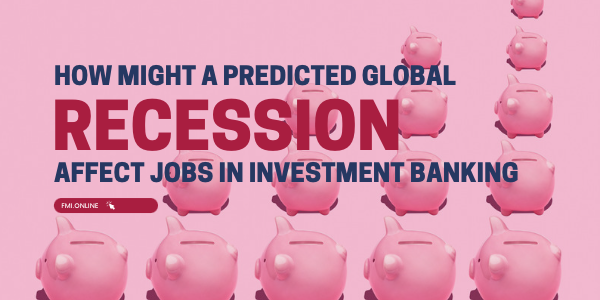
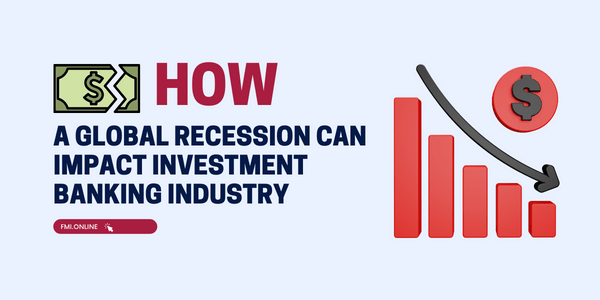
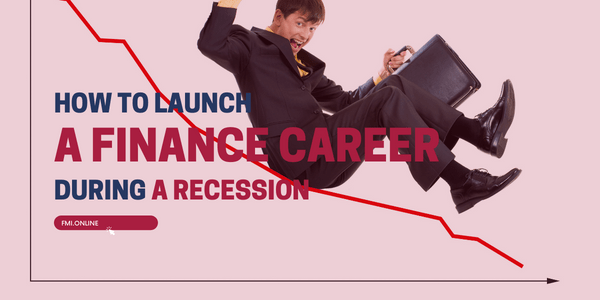



 60+ hours
60+ hours 9 courses
9 courses



